What is unstructured data?
Unstructured data is raw and unorganized information that is not predetermined according to a schema or data model. This means that it can’t be stored in traditional databases or spreadsheets like Microsoft Excel.
Earlier, unstructured data wasn’t that useful in organizations because it wasn’t easily searchable or understood.
However, with the explosion of data sources, such as social media due to digitization, there’s a need to understand what unstructured data is.
Actually, according to Datamatics, unstructured data is growing at a rate of 55-65% every year.
As a result, AI-powered analytics tools have been developed to enable organizations to acquire valuable insights from unstructured data.
In this article, we will look at examples of unstructured data and discuss why it is important to your businesses?
Let’s get started.
Examples Of Unstructured Data
How can you identify unstructured data?
Unstructured data mainly comes in the form of documents, messages, and presentations.
Here are some of the common examples.
1. Emails
There are billions of emails generated everyday around the world.
In fact, according to Statista, the number is expected to grow to 376.4 billion by the year 2025. This contributes to the large amounts of unstructured data in businesses.
Although parts of it are semi-structured because of the date, recipient, and sender addresses, the text of the email body remains unstructured as it doesn’t follow a predefined format.

Through text analysis software, you can extract unstructured customer data by scanning through thousands of emails in a matter of seconds.
You can then organize it by category and send it to respective departments for use.
Analyzing emails enables you to understand customer pain points and find out the language that works best for them. This way, you can improve email marketing for your businesses.
2. Social Media
Billions of people around the globe are now on social media; it has become an essential part of their lifestyle as many of them prefer to create, view and share information on these channels.
According to DataReportal, there are over 4.48 billion social media users in the globe which amounts to 57% of the total population.
Nowadays, social media is widely used in fields such as businesses and governments and across domains like shopping and politics.
This only goes to show that social media platforms generate huge amounts of unstructured data in the form of videos, geo-locations, and texts.

What constitutes unstructured data in social media includes text messages and captions, while the hashtags, followers, and groups are structured data.
Upon social media users mentioning products or brands, you can use this information to mine for opinions.
Machine learning tools, through deep learning algorithms are key when it comes to working with unstructured data from social media platforms.
They enable you to follow real-time trends on social media, which help you to discover useful business insights. This way, you can grow your business by offering personalized and targeted products, as well as services to customers.
3. Communications
These include web meetings, live chats, and messaging that takes place daily across different platforms.
Some of the apps that have grown popular among businesses include web platforms like Zoom and collaboration tools like Slack. Through them, large volumes of unstructured data are being generated in the form of text and audio.
When you’re communicating with customers on these platforms, you not only need to integrate the unstructured data but also standardize and interpret it.

Let’s say that you receive customer calls often. How are you able to use that information and reference it in the future?
Well, by storing, categorizing, transcribing, and analyzing it to find meaning.
A speech recognition system can detect emotions during the conversation through pitch, volume and tone, and also convert the voice to text.
Natural language processing enables you to identify key sentiments and aspects that ultimately improve the customer experience, therefore retaining them and enhancing business sales.
4. Business Documents
There are many documents used in conducting business. These could be legal reports and contracts that are often in the form of PDFs, emails, or presentations, and may contain numbers, texts, and images.
Although the text may be organized in a particular format, it takes a lot of time to analyze the data without an AI technology.
Business documents are of utmost importance, but they are mostly underutilized, especially when they can’t be mapped into structured data and used in times of urgency.

Fortunately, businesses are now able to utilize this unstructured data through document analysis techniques to learn about customers and use it to gain a competitive edge.
Some of the techniques include pattern recognition for video content, image, and document interpretation and digital imaging technologies. They combine machine learning and natural language processing to help understand unstructured data from large volumes of documents that can’t be processed manually.
Importance of Unstructured Data to Businesses
The bulk of data generated today is unstructured.
Actually, according to CIO, 80-90% of all data generated digitally is unstructured. But how exactly can unstructured data benefit your business?
Here are some of the benefits of unstructured data.
1. Enhances Customer Experience
Customers reach out to businesses through calls and messages, which amount to unstructured data.
If you’re unable to analyze it, it becomes challenging to derive actionable insights that would enhance the customer experience.
However, information gathered from unstructured data is essential because it provides a wealth of knowledge that can’t be explained solely through numbers and statistics.
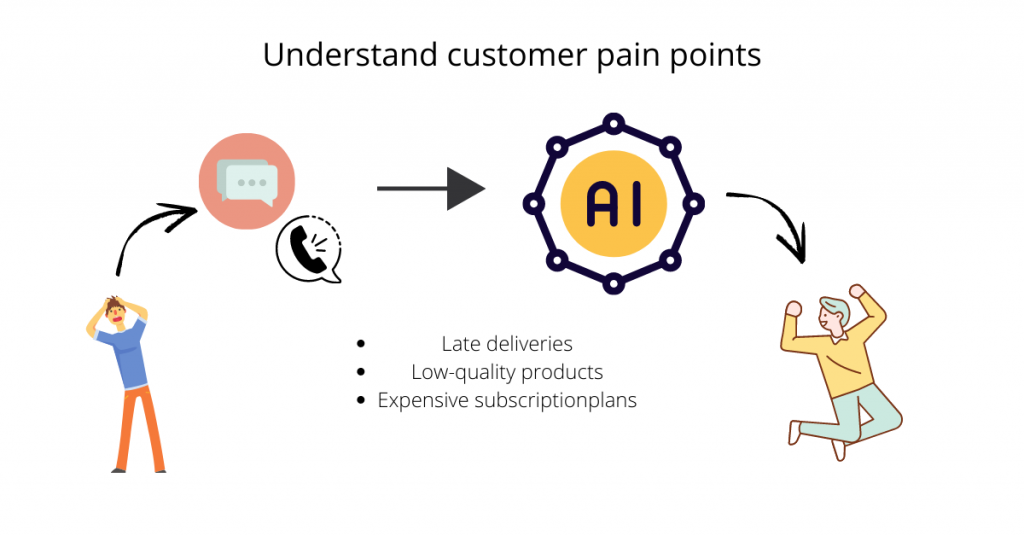
Within customer texts and audios, there’s a lot of information on their pain points and sentiments regarding your brand.
AI-powered text analytics software can help you monitor live chats, social media posts, and emails from customers in real-time. Ultimately, you are able to enhance their experience with your business.
Freshly was experiencing challenges receiving data from a wide variety of surveys and written feedback. They were, therefore, unable to act promptly.
With MonkeyLearn, an AI tool, they were able to centralize feedback, take prompt action, and enhance the customer experience.
2. Discover Hidden Opportunities
Unstructured data like news reports, competitor online reviews, and social media comments is essential because it provides key insights about the market that can give you a competitive edge.
However, the inability to analyze it on time can make you miss out on business transformation opportunities that come with shifting customer demands.
Using AI software, you can monitor this data and follow market trends to anticipate changes before your competition.
For example, you can track your competitor’s online content and compare it to yours.
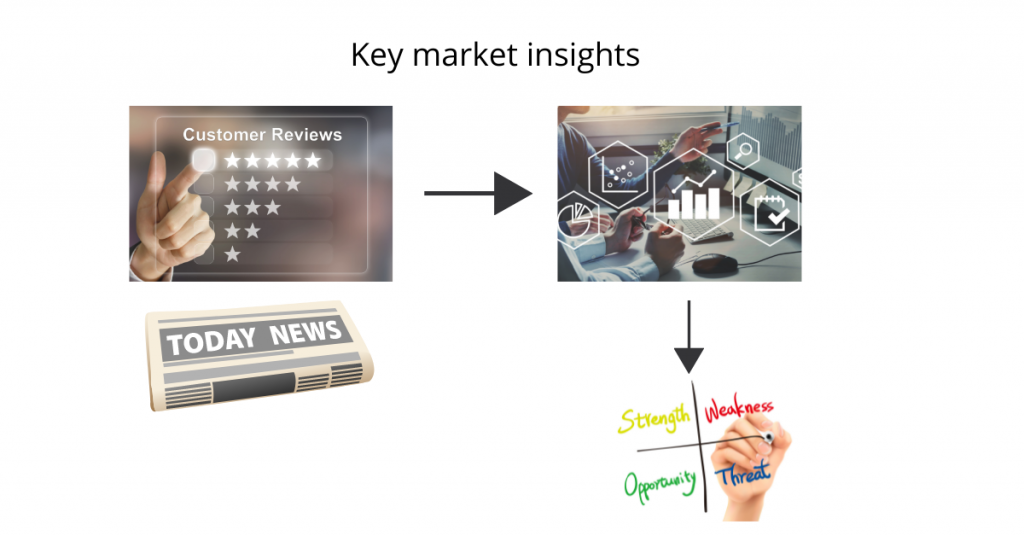
As a result, you are able to discover your strengths, weaknesses, and opportunities to satisfy gaps in the market through innovation.
The Land O’Lakes Test Kitchen wanted to conduct a Facebook live event and get discovered by millions of fans. They also needed the team to interact with the fans in real-time.
Astute Social Flexibility allowed them to monitor, engage, and integrate the interests and needs of the viewers in real-time making it a success.
3. Improve Regulatory Compliance
Although analyzing unstructured data, for example contracts, manually is time consuming and labor intensive, we can agree that it provides critical information regarding your business’s regulatory compliance status.
This can be by checking the terms, clauses, and documented business laws.
Failing to adhere to rules and regulations has its consequences. It can lead to a bad reputation, hefty fines, as well as business closure.
Fortunately, there are AI technologies like intelligent document processing that make it possible to effectively analyze unstructured data found in these documents.
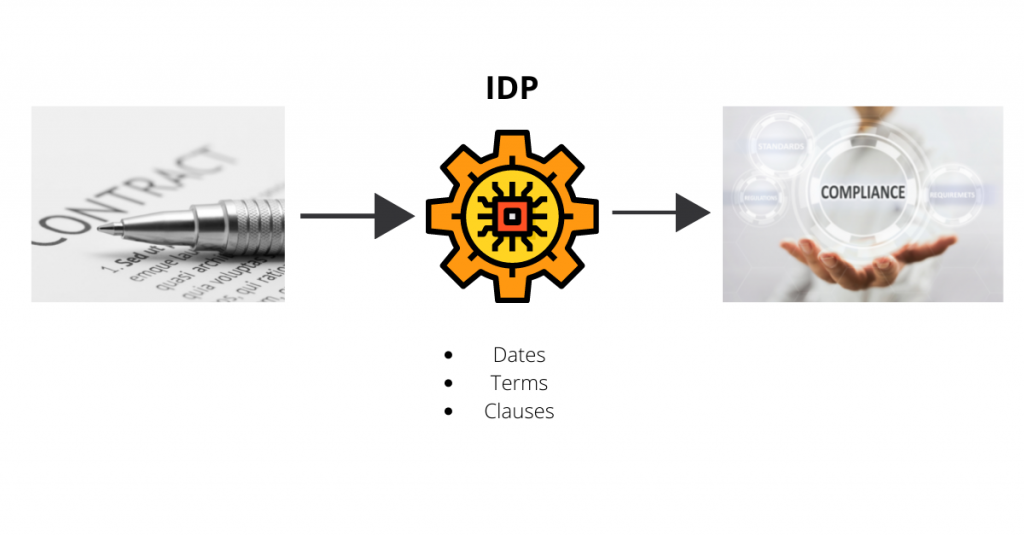
As a result, you are able to follow-up and improve regulatory compliance.
A global financial institution was receiving a lot of unstructured data. Their manual processing tasks made it challenging to adhere to the complex regulatory requirements.
However, with Nexus’s intelligent document processing tool, they streamlined onboarding processes and achieved success in automating regulatory compliance processes.
Tips For Analyzing Unstructured Data
How can you analyze unstructured data?
Previously, unstructured data was analyzed manually, but today, data analysis tools that leverage high machine learning algorithms are making the process easier and faster.
Let’s take a look at some of the tips for analyzing unstructured data.
1. Store Collected Data
You can collect data from anywhere. Be it social media, survey responses, or tracking real-time activities to make predictions relevant to your business.
This can be through tools, such as a computer assisted interviewing system, case studies, and questionnaires.

Afterward, store this data in data lake repositories to allow you access it in its native format and preserve metadata for analysis.
2. Preprocess the Data
This primarily means cleaning unstructured data to make it easier for machines to analyze.
Preprocessing involves reducing the noise by slicing the data into more manageable units like opinions and eliminating irrelevant information, such as stop words.
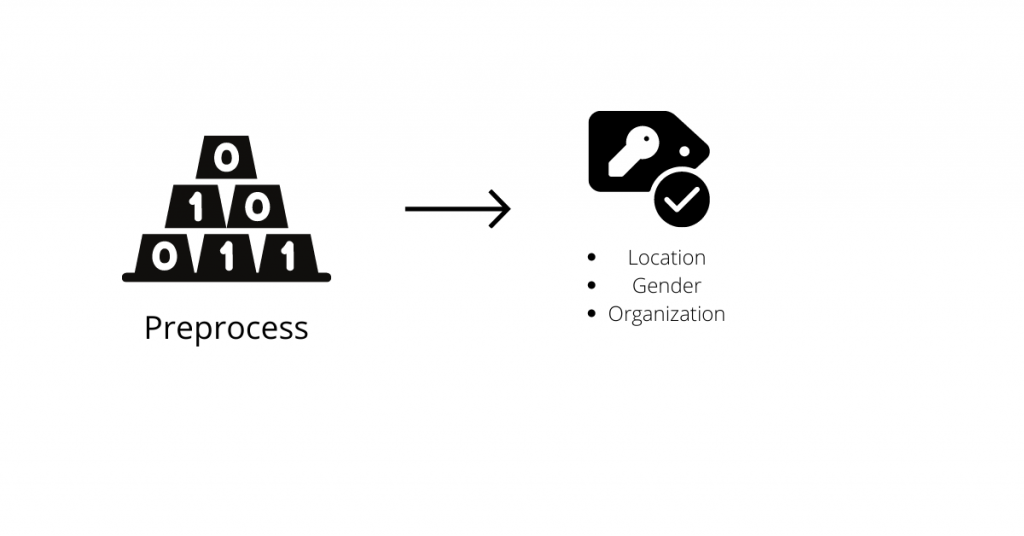
Afterward, you can run the data through an artificial neural network to help you prioritize the parts you need, for example by tagging parts of speech to extract information, such as locations, gender, or organizations.
3. Implement Advanced Technology
Data analysis tools enable you to analyze the preprocessed unstructured data to give you deeper insights. This is through visual analysis like graphs and charts which you can easily share, consume, and make relevant recommendations.
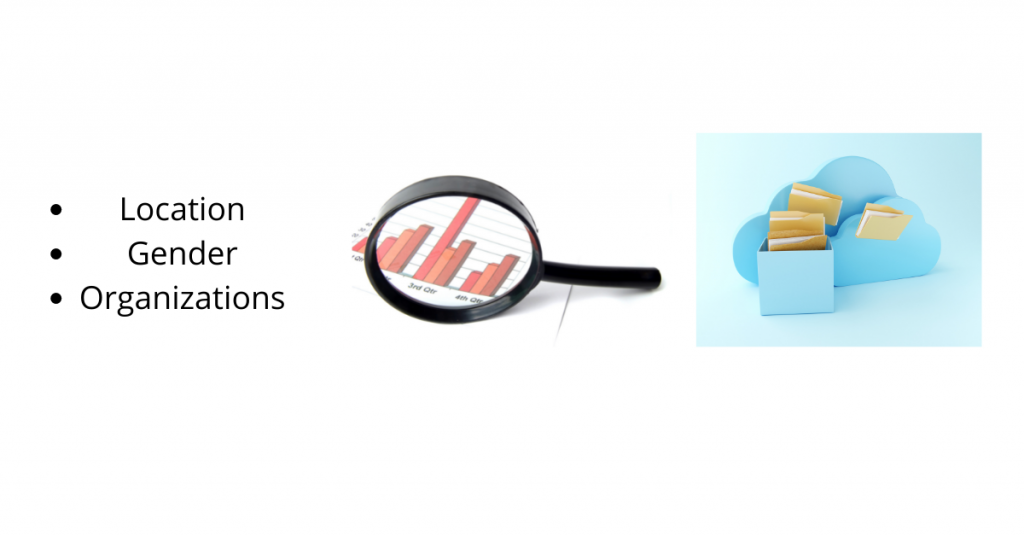
However, apart from data analysis tools you need data storage technology to help you manage your data flow including its retrieval.
Leveraging AI-based cloud storage platforms provides an ideal solution to store your data and secure it for future reference.
Conclusion
As we have seen, most of the data within businesses is unstructured.
However, it is sometimes challenging to understand what unstructured data is as well as differentiate it from other forms of data like the semi-structured and structured.
Unstructured data comprises information that lacks a predefined format, like calls and emails. As a result, unstructured data can be overwhelming to process because it comes in bulk.
I hope article has enlightened you on:
- What unstructured data really entails
- The business importance of unstructured data
- How to effectively analyze unstructured data
Some of the benefits of unstructured data to your business include enhancing the customer experience and adhering to regulatory compliance.
By leveraging AI-powered analytics tools like intelligent document processing, you can analyze unstructured data, extract useful insights, and make data-driven decisions for your business.

![5 Innovative Applications of Artificial Intelligence in Manufacturing [2021]](https://geokongo.com/wp-content/uploads/2021/09/Applications-of-Artificial-Intelligence-in-Manufacturing-2021-1024x536.jpg)


